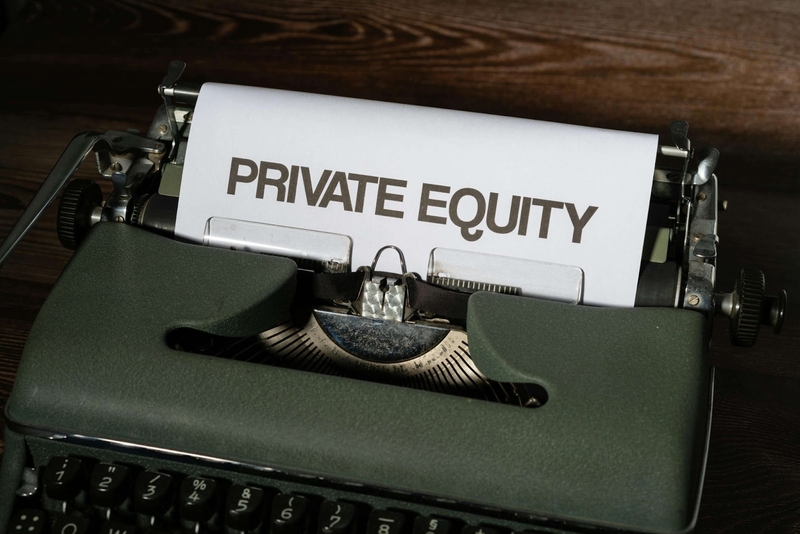
MERGER AND ACQUISITION
26 May 2025
M&A Valuation Methods: Your Essential Guide
M&A valuation methods are indispensable tools for the objective evaluation of target companies. There are different valuation methods depending on the various structures of each company, its business sector, and set objectives. This article is aimed at entrepreneurs, investors, and companies active in international settings who want to learn more about valuation methods in M&A.
What Is M&A Valuation?
M&A company valuation methods are the analytical process used to estimate the fair value of a target company. It guides negotiations, supports bid structures, and reduces risk for all parties involved. Depending on the industry, company size, and data availability, different approaches can be applied, each with some advantages and limitations. Choosing the correct method with the help of a merger and acquisition attorney is therefore critical to a realistic and functional evaluation.
Why Valuation Matters in Mergers and Acquisitions
Proper valuation in M&A directly influences deal structure, such as the proportion of cash to equity payments. It also guides decision-making, facilitating communication between investors and shareholders. Conversely, incorrect valuations can result in overpricing, integration difficulties, or problems with regulatory authorities. Therefore, having accurate data and an M&A due diligence checklist is essential early in the process.
Overview of Common M&A Valuation Methods
Some of the most widely used assessment techniques include:
- Discounted Cash Flow (DCF): An analysis of expected future cash values discounted to a present value.
- Comparable Company Analysis (CCA): A comparison of the target company with similar listed companies.
- Precedent Transactions: This takes into account previous M&A transactions for comparison purposes.
- Leveraged Buyout (LBO) Analysis: Valuation based on the value a buyer will pay based on a highly leveraged structure.
- Asset-Based Valuation: In this case, the valuation is the result of the value of the company’s net assets.
Discounted Cash Flow (DCF) Method
Discounted Cash Flow (DCF) is one of the main methods of valuing a company. It is based on the principle that the value of a firm is equal to the present value of future cash flows it can generate. Key variables include:
- Free Cash Flow (FCF): This is the cash available after incurring all expenses necessary to maintain the business.
- Discount Rate (WACC): The Weighted Average Cost of Capital represents the minimum return investors require.
- Terminal Value: The company’s estimated value is beyond the forecast time horizon. It is based on market multiples or perpetual growth assumptions.
Discounted Cash Flow is accurate in calculating firms’ value but requires precise forecasts and is highly affected by growth rate assumptions.
Comparable Company Analysis (Comps)
The Comparable Company Analysis (Comps) compares the target company with other similar—publicly traded companies—using financial multiples. The leading multiples used are:
- EV/EBITDA (Enterprise Value on EBITDA): Measures the company’s overall value relative to its profitability.
- EV/Revenue (Enterprise Value on Revenue): It is calculated by adding the company’s market capitalization to total debt and subtracting cash.
- P/E Ratio (Price per Earnings): This is the share price divided by the earnings of each share.
The selection of comparable companies must be careful, relying on criteria such as size, industry, operating margins, and geography to identify the most suitable M&A financing options.
Precedent Transaction Analysis
Merger and acquisition valuation methods also include the analysis of past transactions. This is a comparison of the target company with other similar companies that have been the subject of past acquisitions or mergers. The goal is to understand the fair acquisition cost to pay based on comparable transactions. It is a useful technique for negotiating prices but does not consider the specificity of each deal and changes over time.
Leveraged Buyout (LBO) Valuation
Leveraged Buyout (LBO) is the main method used by private equity funds to determine the maximum sustainable cost of buying a company based on leverage.
So the operation consists of financing the acquisition with a mix of equity and debt, generating enough cash to repay it (thanks to the internal rate of return—IRR), and setting up an exit strategy (IPO, recapitalization, etc. ) in the medium term to make a profit.
Asset-Based Valuation
Asset-Based Valuation is a method that determines the value of a company based on the net value of tangible (property, machinery, etc.) and intangible properties (patents, intellectual property, etc.). It distinguishes two different values:
- Going-concern value: Assets are valued according to their usefulness in generating income.
- Liquidation value: Assets are valued individually by forcing them to be sold.
It is widely used in high-intensity industries or during crisis periods.
Choosing the Right Valuation Method
All methodologies analyzed have pros and cons. Often the choice is conditioned by several factors such as, for example, company size, data availability, business sector, and financial strength. Sometimes, companies do not use a single method but combine several approaches to triangulate value from different perspectives. This is why relying on experts like Ascot to reduce costs and minimize risks is crucial.
Limitations and Risks in Valuation
Every evaluation method assumes a component of uncertainty. The real business value is impossible to calculate with total accuracy as we rely on projections, market volatility, omission of data, or even erroneous comparisons. That is why it is vital to use a detailed review process with financial, legal, and operational due diligence.
FAQs
What is the most accurate M&A valuation method?
The method considered most accurate is Discounted cash flow (DCF). This gives an overview of the future cash the company can generate, provided the projections are reliable.
Can different valuation methods give different results?
Yes. Various methods can lead to different outcomes because of the assumptions or data provided.
How do buyers and sellers agree on a valuation?
Through negotiation supported, however, by detailed analysis and cross-validation.
Is it necessary to use more than one method in M&A?
Yes. Using multiple approaches allows you to cross-reference information providing a more holistic view.
What role do attorneys or advisors play in valuation?
Provide the legal, financial, and operational expertise needed to validate assumptions and ensure regulatory compliance.
References
Damodaran, A. (2012). Investment Valuation: Tools and Techniques for Determining the Value of Any Asset (3rd ed.).
Rosenbaum, J., & Pearl, J. (2013). Investment Banking: Valuation, Leveraged Buyouts, and Mergers & Acquisitions (2nd ed.).
https://www.amazon.com/Investment-Banking-Valuation-Leveraged-Acquisitions/dp/1118656210
Hitchner, J. R. (2017). Financial Valuation: Applications and Models (4th ed.).
https://www.amazon.com/Financial-Valuation-Website-Applications-Finance/dp/1119286603

Business Formation
2 September 2025
Do I Need a Shareholders’ Agreement When Forming a Corporation?
A Shareholder’s agreement is among the most important tools for governing shareholder relationships. This private contract defines the rights, responsibilities, and protections of those who invest in and own shares in the business. While these agreements are not always legally required, they provide clarity and stability from the outset of a corporation’s operations. This is […]

Private Equity
14 July 2025
Top Private Equity Exit Strategies
In the life cycle of a private equity investment, the moment of exit is a critical phase since the choice of the disinvestment strategy affects not only the financial return but also the reputation of the fund and investor confidence. Understanding the options available is essential for fund managers, entrepreneurs, and advisors involved in medium […]

Business Consulting
22 September 2025
Buy-Sell Agreement Definition, Types, Key Considerations
Put simply, a buy-sell agreement is a legally binding contract among business co-owners that governs how ownership interests are transferred if specific events occur. This is also sometimes described as a “business will.” This accord ensures that succession and ownership continuity are addressed long before unexpected circumstances arise. Above all else, its purpose is to […]


